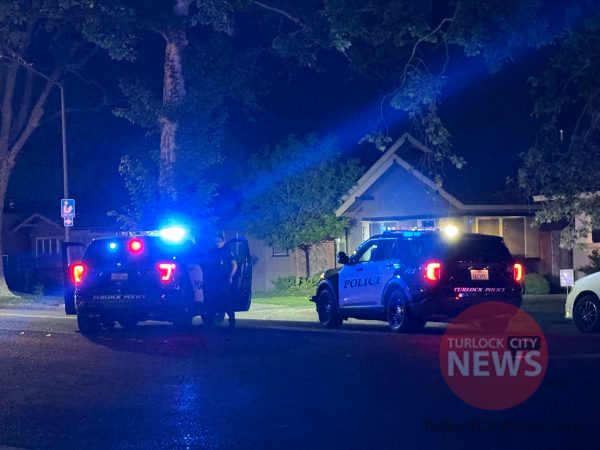A proposed, experimental rate structure could encourage some Turlockers to go green and drive an electric car.
The Turlock Irrigation District rate change would allow residential customers who own electric vehicles to pay less for electricity used during off-peak times – 9 p.m. through noon – letting them charge cars at night when electricity is cheaper.
Currently, TID residential customers are charged a flat fee for electricity regardless of when it’s used. That’s despite TID paying far less for energy during off-peak times – less than half as much, on average.
Electric car owners are hit harder by the district’s current rate structure, as the added demand of an electric car almost inevitably bumps customers into the highest tier of electrical rates.
Adding a plug-in electric vehicle costs the average customer $462 per year using current rates. That falls to $325 in the new rates, assuming the customer charges during off-peak times.
But other electricity, used during the day, would cost more under the new rate. The rate is expected to balance out to save the average consumer with a plug-in electric vehicle about $98 per year, or about 5 percent of their annual bill.
Currently, only 37 TID customers have been verified as owning an electric car. But that number has doubled in the past year, reflecting a statewide boom in electric car sales.
“Without question, the electric vehicle is becoming more popular.” said Chris Poley, TID Utility Rate Analyst.
The experimental rate would only be in effect for a three-year period, letting the district study its impacts before electric vehicles become widespread.
The district isn’t sure how customers will use the rate.
Some may take advantage of the otherwise unavailable time-of-use billing, despite charging their cars at work, using the rate for an unintended purpose. Others may misunderstand the rate and charge on-peak, increasing their bills.
And others may save more money than the district anticipates; shifting 20 percent of usage to off-peak times would save an extra 5 percent from annual electricity bills.
"I think the purpose of this is to find out what people will do," Poley said.
The experimental rate will help the district learn when people charge their vehicles, how they do so, and the impacts it has on the electric grid. If, of course, electric car owners sign up for the new rate.
“We don't know who they are,” Poley said. “For this program to be successful, customers are going to have to sign up for this rate schedule.”
The new rate was discussed during a public hearing Tuesday morning. It has yet to be formally approved, but would tentatively go into effect June 1. Only electric car owners would be eligible for the rate.
A second rate change discussed Tuesday morning would alter how companies which generate the majority of their own power are billed, effectively eliminating a double-billing which can occur. Only one customer currently uses that billing structure.
An anticipated economic development discount rate did not make Tuesday’s meeting. That proposed rate would give large users discounted electrical rates for their first three years of operations.
“After we reviewed some factors, we decided the timing wasn’t right to present the economic development discount,” Poley said, noting it will return at a later date. “… We like it, and we’re working on it.”







